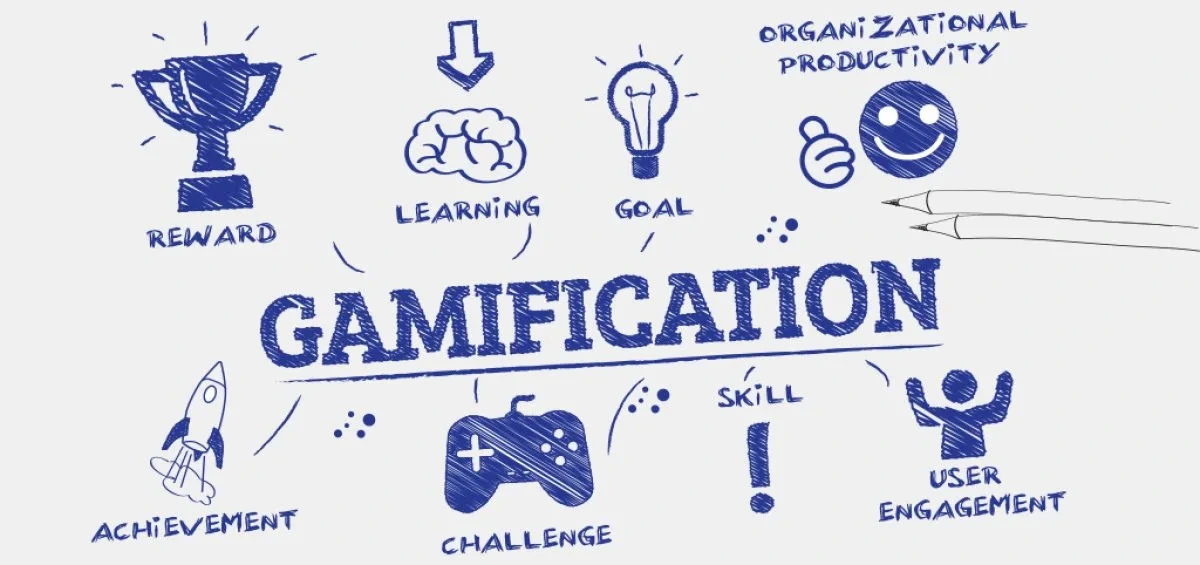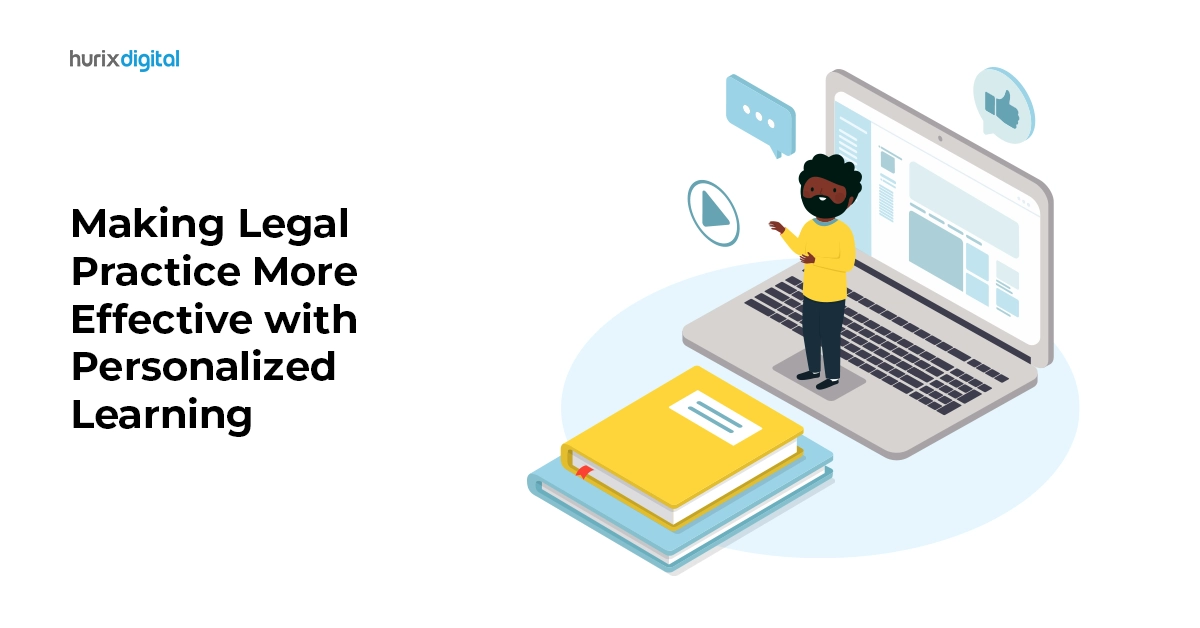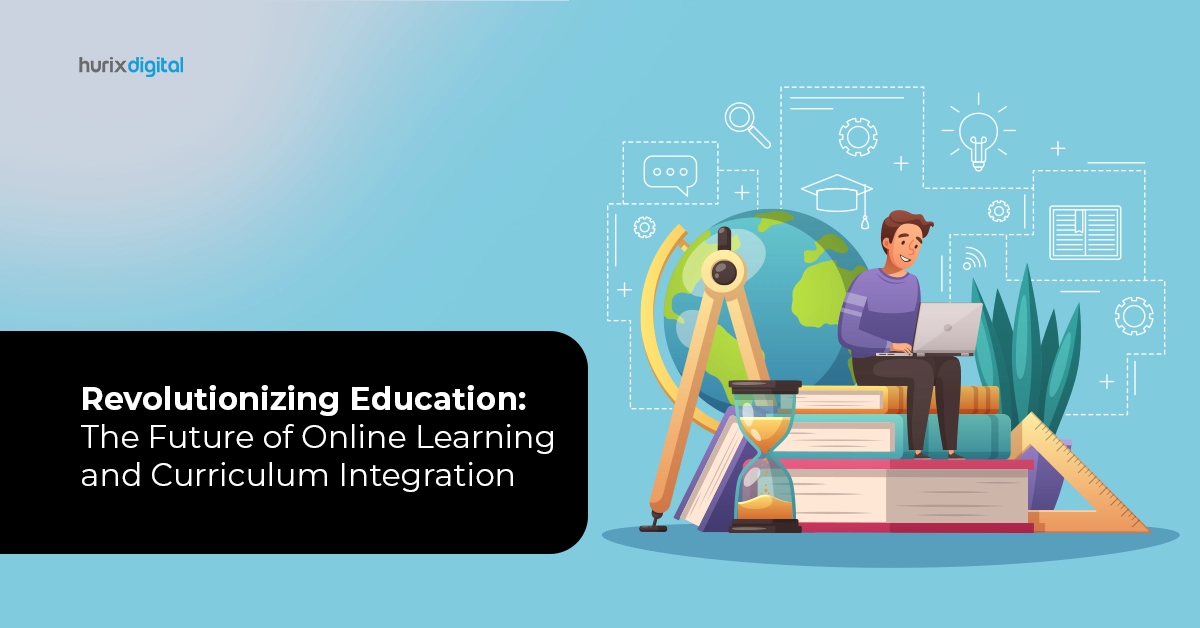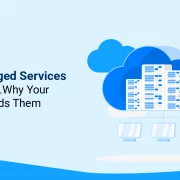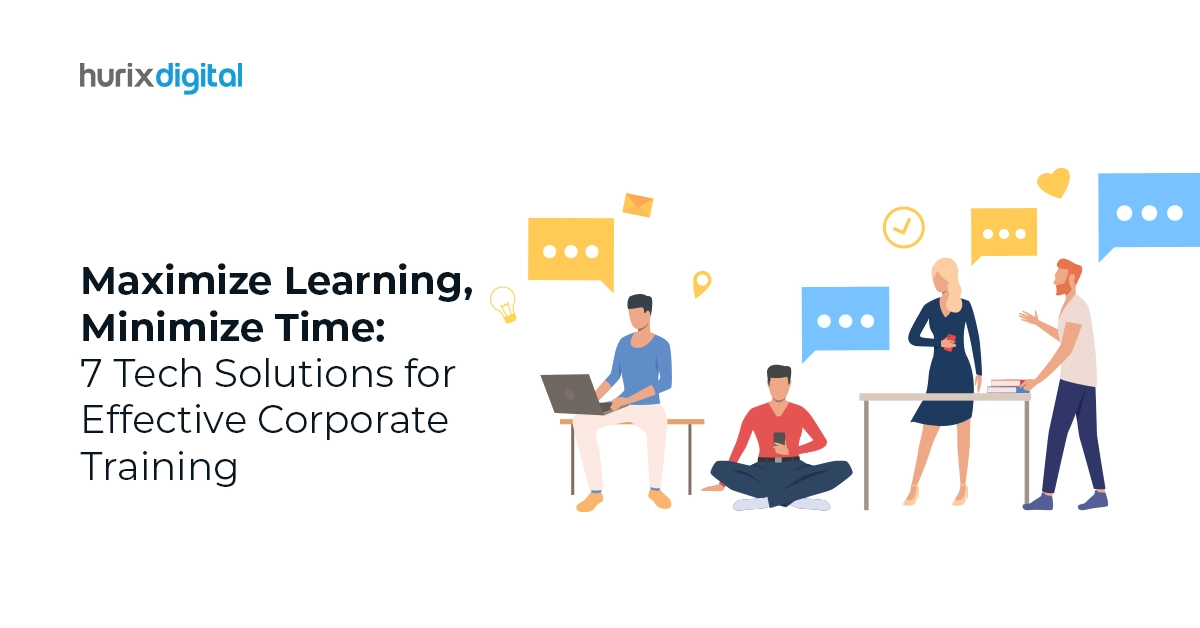
Maximize Learning, Minimize Time: 7 Tech Solutions for Effective Corporate Training
Summary
Learn about seven tech solutions that can make corporate training more effective. This article offers tips for using technology to maximize learning and minimize time investment.
Effective corporate training is vital for any organization. It pertains not only to employees’ skill enrichment but also to enhancing their overall engagement, performance, and job satisfaction.
The emergence of cutting-edge tech solutions facilitates the imparting of relevant and effective training in a more immersive manner. This promotes employees’ confidence in their skills, enabling them to contribute more meaningfully to the organization’s growth.
The section below delves deeper into the top 7 tech solutions that are taking employee development to the next level.
Table of Contents
7 Most Effective Tech Solutions For Corporate Training
Corporate training is becoming more technologically dynamic due to the availability of cutting-edge solutions that have given a facelift to conventional learning methodologies. The 7 most effective tech solutions for training have been dwelt over below.
1. Augmented Reality Based Training
Augmented Reality (AR)- driven corporate training offers a rich, contextualized learning experience by blending real-world organizational elements with 3D graphics, virtual effects, and photorealistic elements. Learners can immersively engage with virtual objects in real time.
Boeing, the renowned aircraft manufacturer, leverages AR to train technicians on the complexities of airplane wiring layouts. This has led to a 40% productivity improvement and a 25% reduction in delays.
From the perspective of product training, AR is very effective as employees can explore different specifications and features of new and complex products in a virtual space. Corporate leaders can be empowered to manage real-life challenges more efficiently through AR simulations and exercises related to team management and decision-making.
Also Read: Inclusive Learning to Address the Diverse Needs in Workforce Development
2. Gamification
Gamification intends to make corporate training more engaging and outcome-oriented by innovatively incorporating game elements and principles into training modules. Complex concepts can be presented through games that motivate learners to explore the intricacies of the concept through self-exploration in a fun way.
The conventional training experience is transformed significantly through interactive and immersive game elements like challenges, badges, points, rewards, leaderboards, etc. Any employee feels inspired by the thought of getting rewarded. This psychological principle underlies this training solution that takes drabness away from the process of skill acquisition.
Interestingly, Harvard Business School carried out a study with KPMG’s workforce to analyze gamification’s impact on training efficacy. The research revealed that KPMG’s core business outcomes in terms of acquiring new clients, securing better business opportunities, and fee collection improved by 16%, 22%, and 25%, respectively, for offices whose staff participated in gamified training.
Gamification gives learners more choices and better control over the skill enrichment journey. This increases their intrinsic motivation, which heightens their commitment to learning.
3. Virtual Reality Driven Training
Virtual Reality (VR) is playing a key role in corporate training. VR eliminates the requirement that trainees imagine a complex situation, as realistic simulations serve to enliven the imagination.
Meta headsets allow trainees to experience a situation in the virtual world as if it were happening in real life. Employees can gain insights from the mistakes committed in the virtual space and develop skills to navigate past them in the workplace.
The experience becomes immersive as the risks of the organizational workplace can be confronted from different angles in a virtual place. This implies that the employee can learn vital strategies to combat work challenges most safely and efficiently without actually being hassled by them. VR training is helpful in technical cases where mistakes can be made easily during learning, and those mistakes can be costly.
4. Microlearning
Microlearning is an impactful technological intervention for corporate training. It engages learners better, improves knowledge retention, makes learning self-paced, and effectively addresses specific development needs. By catering to the smaller attention span of learners through immersive and small knowledge units, it facilitates prompt assimilation of information for ease of applying the same in relevant business cases.
The modules are short, usually one to ten minutes. The aim is to deliver important information succinctly. Training solutions are offered through animations, microsimulations, infographics, interactive videos, PDFs with rich media, etc. Assessments are designed to provide customized recommendations of microlearning content with feedback for identified learning gaps.
Analytics can be deployed concurrently with content to accurately map learners’ performance and progress. The provision of mobile learning takes learner engagement and flexibility to the next level.
5. Blended Learning Solution
Hybrid, multimodal, or blended learning solutions combine conventional modes of instruction with self-paced online learning through digital resources. This is ideal for corporate training, as employees can acquire knowledge based on their preferences and mapped skill gaps with eLearning modules. Designated instructors can clear any doubts in classroom sessions. This solution optimizes knowledge retention and upskilling.
This learner-centered tech solution features multimedia-rich online courses, interactive assessments, simulations, instant feedback, and peer-to-peer collaboration. Social engagement, teamwork, and collective learning are promoted through online discussion forums and activities shared over video conferencing media. Subject matter experts offer tailored and individualized support.
Analytical tools are leveraged to track employees’ progress, make data-informed decisions, ascertain the depth of understanding, and identify the scope for improvement.
6. AI-Driven Adaptive Learning
Adaptive learning adopts a personalized learning-centric model wherein the corporate knowledge assimilation experience is tailored to the employees’ unique needs. The training is imparted based on learners’ varying perceptions, abilities, and talents. This elimination of homogeneity allows the delivery of bespoke learning courses with different interactive content.
The learners neither feel overwhelmed nor bored as the engagement level of personalized learning is high. Actual intellectual enrichment of employees happens in alignment with organizational goals as they get the needed content at the appropriate time. There is freedom to explore each topic in depth in a self-paced mode. One need not follow a linear course of learning as AI often powers the training trajectory and allows dynamic browsing of topics.
The salient aspects of adaptive learning authoring tools are:
- Provision for minimalist subject-oriented training layout with links to gain more insights on each relevant topic.
- Scope for creating short nano-learning vignettes focusing on individual topics to engage learners and motivate them to delve deeper into subjects that need attention.
- Facilitate the creation of dynamic assessments that ascertain the existing skills and knowledge of learners, present content containing insights into know-how that learners lack, and eventually test their command.
- Allow leveraging AI to identify the behavioral patterns and preferences of learners for delivering customized learning experiences with tailored content.
Adaptive learning solutions are ideal for corporate training as bespoke learning plans can be created for the dynamic generation of relevant lessons. There is the option to intellectually empower learners by letting them explore important topics in depth. Content generation happens based on learners’ roles and responsibilities.
7. Learning Management System (LMS)
LMS software hosts a central training repository of knowledge modules that employees can subscribe to and complete based on the skill gaps identified in performance management appraisals or for specific skill enrichment. The training flow can be automated to an extent so that manual intervention of trainers is not required frequently. Organizations can use the cloud or intranet to host the LMS software.
You can post learning content in video, rich multimedia, or other popular formats. Various difficulty levels can be assigned which allows trainees to graduate to a higher level once their competencies in previous levels have been sufficiently enriched.
Check out EXCLUSIVE: Hurix Mini-Book: Effective Training Techniques For Enterprises With Distributed Workforce
Moving Ahead
The tech solutions discussed here have the potential to take corporate training to the next level by making learning more engaging, measurable, and self-paced. Most of them offer scope for online learning.
Corporate training imparted through state-of-the-art technologies reduces attrition by catering to employees’ learning aspirations. By paving the way for fulfilling employees’ career aspirations with focused and relevant training on trending skills, organizations can showcase their commitment to employee development.
Hurix Digital leverages technology-underpinned instructional design strategies and content delivery methods to empower your workforce, motivate them, and improve their productivity and job satisfaction levels. Our cutting-edge corporate training and remote training modules are developed by seasoned professionals who incisively map your needs and align the training content with your organizational goals.
So what are you waiting for? Contact us today to get started!

Performance, Results, Growth, and Life-Long Learning define my professional life. I am passionate about making workplace learning planful, purposeful, and impactful. I take pride in partnering with clients and bringing them the best in learning design and creating solutions that address business challenges.

